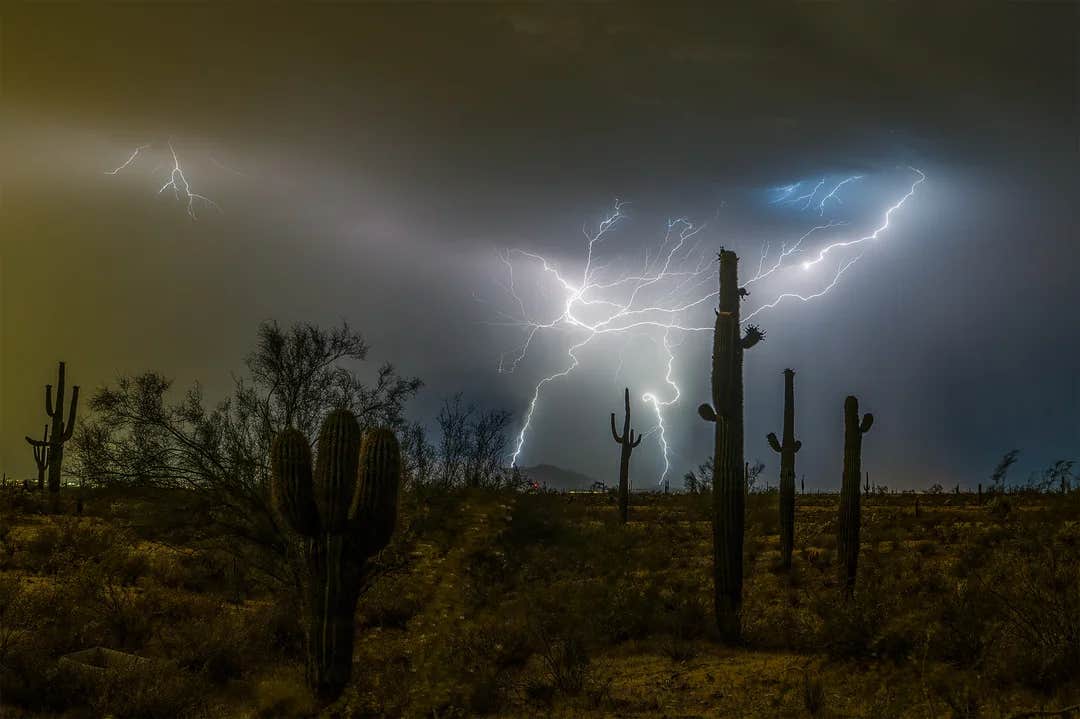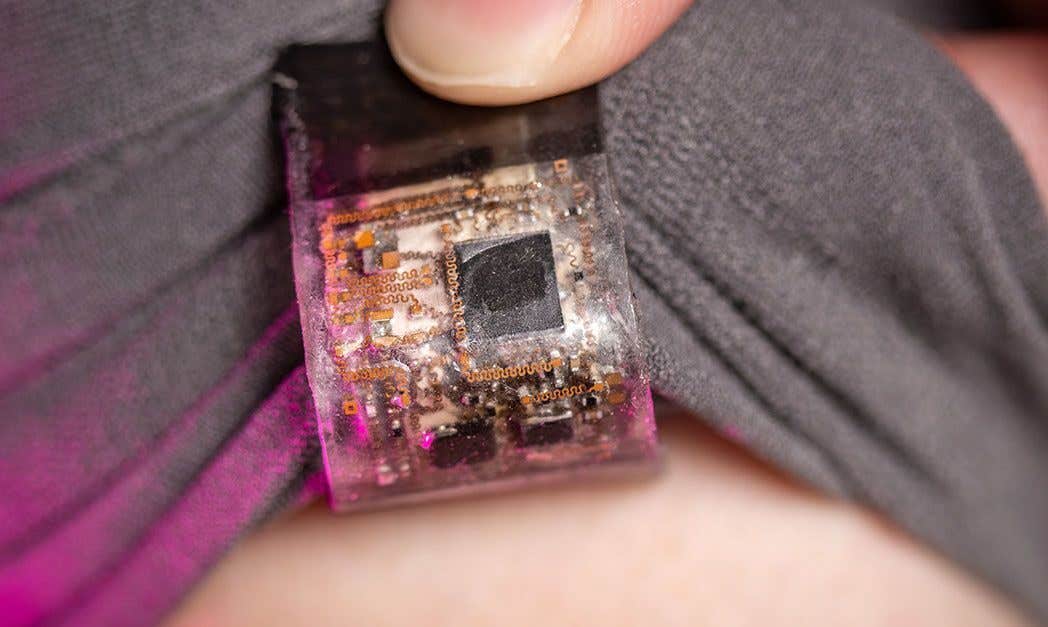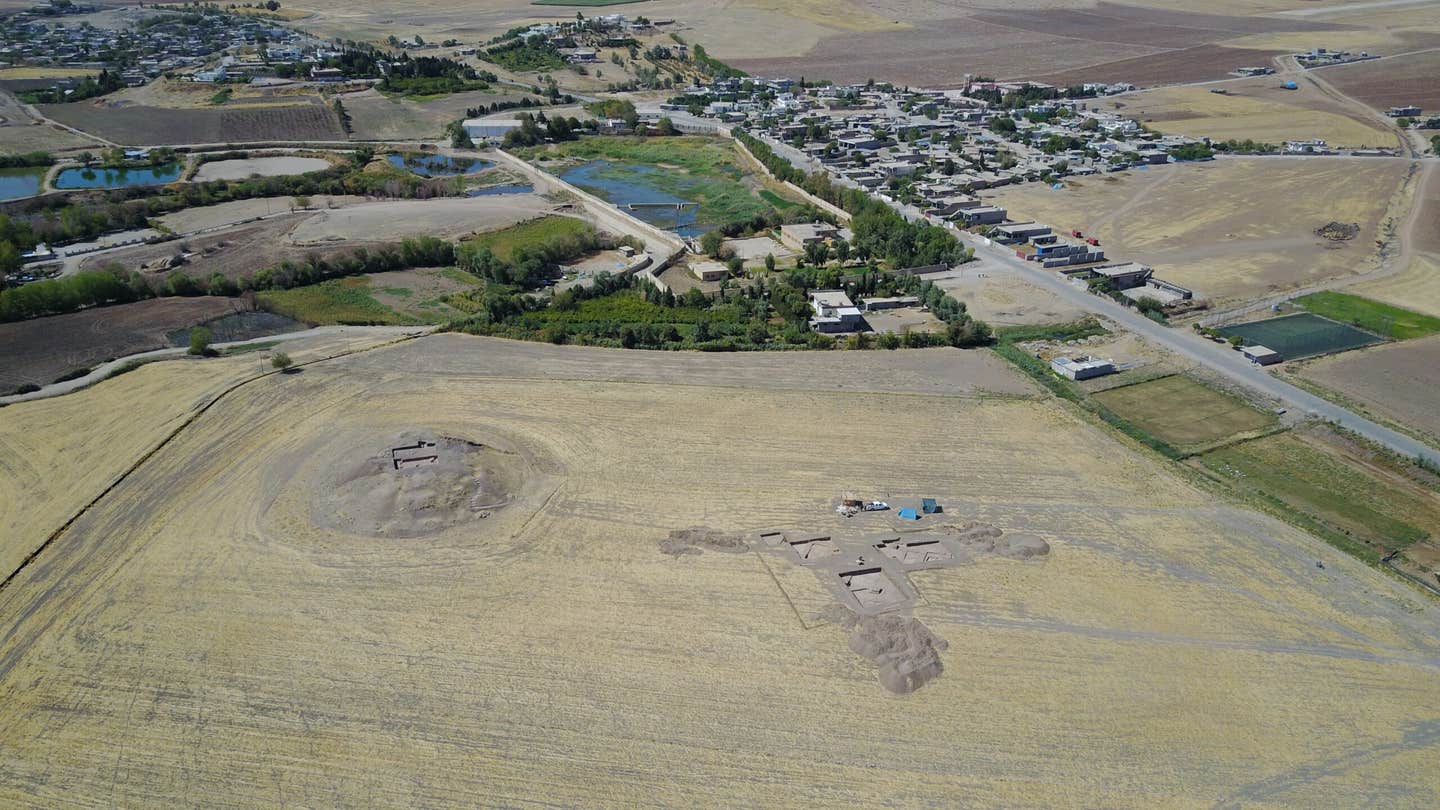Gamma-rays trigger lightning and alter atmospheric chemistry
Researchers reveal how terrestrial gamma-ray flashes may ignite lightning and produce hidden chemical changes in Earth’s atmosphere.

TGFs are brief but powerful emissions of high-energy photons linked to lightning activity. (CREDIT: CC BY-SA 4.0)
The crack of lightning has always seemed straightforward — clouds build up electric charge, and eventually, it snaps. But the chain of events that lights the sky has remained an atmospheric puzzle for decades. Now, a growing body of research is revealing that lightning’s story begins with something invisible to the human eye: bursts of high-energy radiation known as terrestrial gamma-ray flashes (TGFs).
TGFs are brief but powerful emissions of high-energy photons linked to lightning activity. They were first spotted in 1994 by NASA’s Compton Gamma Ray Observatory and have been studied ever since by satellites, high-altitude aircraft, and ground stations. Despite years of observations, they still challenge scientists, in part because they often emerge from very small regions that are surprisingly dim in visible light and nearly silent in radio emissions.
A recent study led by electrical engineer Victor Pasko at Penn State offers a compelling explanation that connects TGFs, lightning initiation, and the mysterious way electrons behave in thunderclouds.
Unraveling the Lightning Trigger
While the basic mechanics of a lightning strike have long been understood, the exact trigger inside thunderclouds has been elusive. Pasko’s team, writing in the Journal of Geophysical Research, used mathematical models to simulate what happens when strong electric fields accelerate electrons to near-light speeds. These fast electrons slam into nitrogen and oxygen molecules, producing X-rays and kicking off an avalanche of additional electrons and photons.
“Our findings provide the first precise, quantitative explanation for how lightning initiates in nature,” Pasko said. “It connects the dots between X-rays, electric fields and the physics of electron avalanches.”
The model, called Photoelectric Feedback Discharge, builds on earlier theories about relativistic runaway electron avalanches. It incorporates the role of cosmic rays entering Earth’s atmosphere, which seed the initial electrons that multiply in the thundercloud’s electric field. In the process, TGFs appear as the first sign of a runaway chain reaction that can lead to a lightning bolt.
Related Stories
- Microlightning in water droplets may have ignited life on Earth
- The extraordinary cause of the brightest gamma-ray burst of all time
- Star flares blast out massive amounts of gold across the galaxy
Doctoral student Zaid Pervez tested the model by comparing its results to field data gathered by other researchers using satellites, ground sensors, and even spy planes. “We explained how photoelectric events occur, what conditions need to be in thunderclouds to initiate the cascade of electrons, and what is causing the wide variety of radio signals that we observe in clouds all prior to a lightning strike,” he said.
The Role of Terrestrial Gamma-Ray Flashes in Lightning Initiation
TGFs don’t always coincide with bright lightning flashes or strong radio bursts. Pasko’s work shows why: the electron avalanche can sometimes be strong enough to produce detectable X-rays but too weak to create much visible light or radio noise. This helps explain why many TGFs appear in regions that seem optically dim and radio silent.
In some cases, TGFs are detected milliseconds before other lightning-related events, such as narrow bipolar events (NBEs) or energetic in-cloud pulses (EIPs). Research has shown that some TGFs occur at the very start of lightning formation, sometimes during the stepping of a leader channel in the cloud. In other cases, TGFs appear without any obvious electrical signature, reinforcing the idea that they can happen under a wide range of storm conditions.
Observations from satellites, aircraft, and ground stations are now revealing a richer picture of TGF variety. Some are linked to cloud-to-ground strikes, others to cloud-contained flashes. Some have harder energy spectra, with a greater proportion of high-energy photons, suggesting different formation conditions.
Subvisible Lightning and Atmospheric Chemistry
Lightning doesn’t just light up the sky — it also changes the chemistry of the atmosphere. A separate study led by William H. Brune, professor of meteorology at Penn State, found that lightning bolts and even weaker, invisible discharges can produce extreme amounts of hydroxyl (OH) and hydroperoxyl (HO₂) radicals.
These radicals play a key role in atmospheric chemistry, breaking down gases like methane and influencing ozone levels. OH is considered the atmosphere’s “detergent,” driving many reactions that clean the air.
The discovery was unexpected. In 2012, Brune’s team was flying over thunderstorms in Colorado and Oklahoma, measuring chemical changes in the atmosphere. Their instruments detected massive spikes of OH and HO₂ in parts of the storm where no visible lightning was present.
“At first, we thought something was wrong with our instrument,” Brune said. “We assumed there was noise in the data, so we removed the huge signals and shelved them for later study.”
Years later, a reanalysis confirmed that the signals were real and likely caused by weak electrical discharges inside the clouds. Lab experiments showed that sparks and faint currents, far weaker than visible lightning, could produce the same radicals.
Why Subvisible Lightning Matters
Subvisible lightning may not dazzle the eye, but it could be a hidden driver of atmospheric processes. Brune’s team found that these events generate OH and HO₂ without producing ozone or nitric oxide, which require the higher energy of visible lightning.
If such discharges happen often — and they likely do — their impact on global atmospheric chemistry could be significant. The researchers estimate that lightning-generated OH could account for between 2% and 16% of the global total, though the number is still uncertain. Most of the data comes from high plains storms, and tropical thunderstorms, which are more common, may behave differently.
More aircraft measurements are needed to understand how widespread the effect is. “Clearly we need more aircraft measurements to reduce this uncertainty,” Brune said.
Linking the Pieces: From Gamma Rays to Radicals
The connection between TGFs, lightning initiation, and atmospheric chemistry is becoming clearer. TGFs mark the early stages of a runaway electron avalanche. That avalanche can lead to visible lightning or remain hidden, producing only subtle chemical changes. In both cases, high-energy processes inside thunderstorms affect the composition of the atmosphere.
Lightning breaks apart molecules of nitrogen, oxygen, and water, creating reactive species that influence climate-related gases. Subvisible discharges may act as a quieter but still powerful force, altering atmospheric chemistry in ways that scientists are only beginning to quantify.
Pasko’s model offers a physics-based explanation for how TGFs form and how they can trigger lightning without always producing visible light or loud radio bursts. Brune’s work reveals that even when lightning doesn’t fully form, the electrical activity inside clouds can still leave a chemical footprint.
Looking Ahead
Understanding TGFs isn’t just an academic exercise. These high-energy events may be part of the mechanism that sparks lightning, and lightning itself is a major player in the Earth’s chemical balance. The better scientists understand these processes, the better they can model atmospheric chemistry and even climate change.
Future studies will likely combine satellite observations, high-altitude aircraft, and ground-based sensors to track TGFs alongside chemical measurements. The ultimate goal is a more complete picture of how thunderstorms work, from the invisible electron avalanches to the visible bolts that split the sky.
TGFs may be fleeting — lasting only microseconds — but they’re rewriting the story of lightning from the inside out. The next time thunder rumbles overhead, remember: before the flash, before the roar, a storm may have already unleashed a burst of invisible energy that changes both the sky and the air you breathe.
Note: The article above provided above by The Brighter Side of News.
Like these kind of feel good stories? Get The Brighter Side of News' newsletter.



